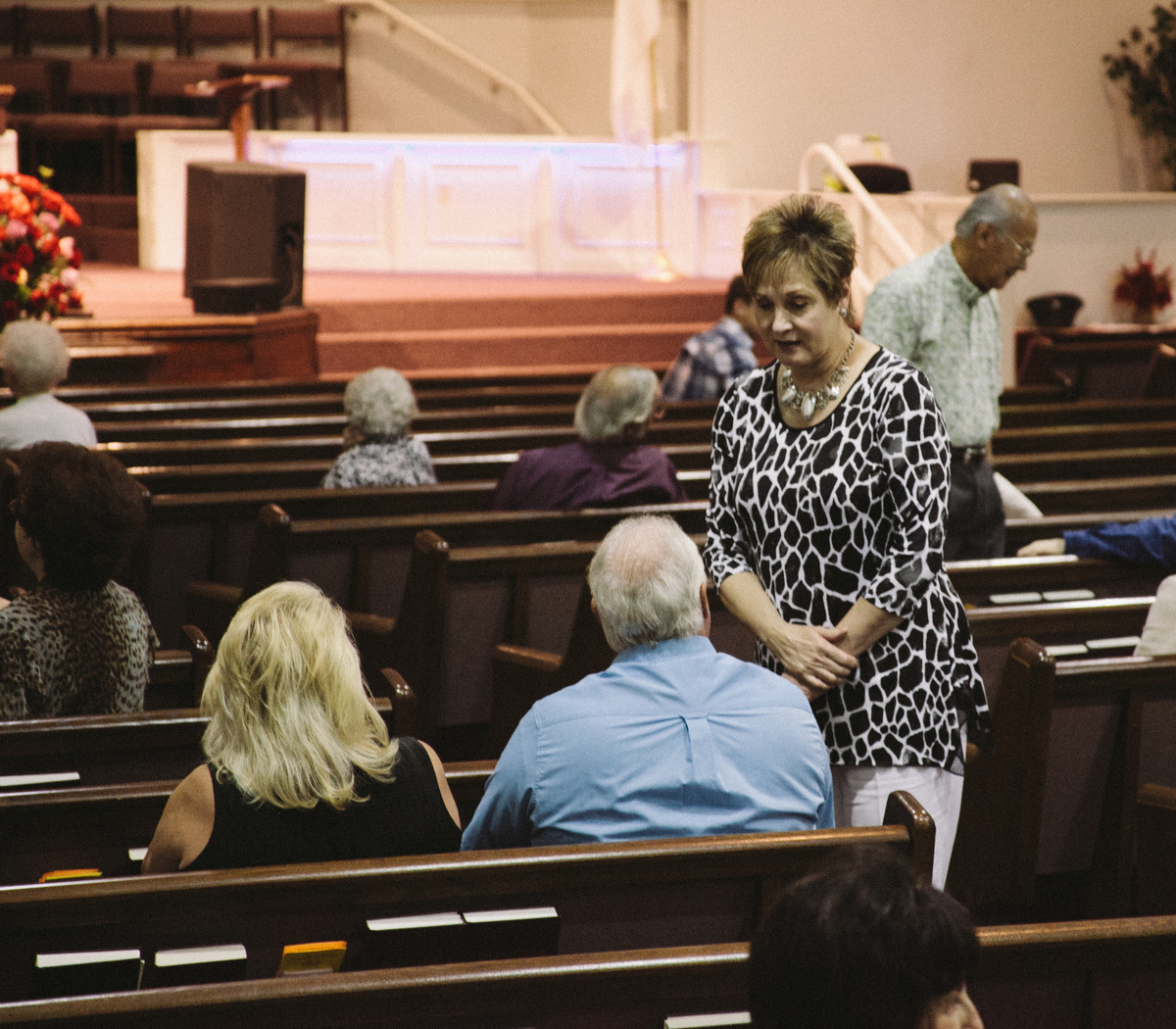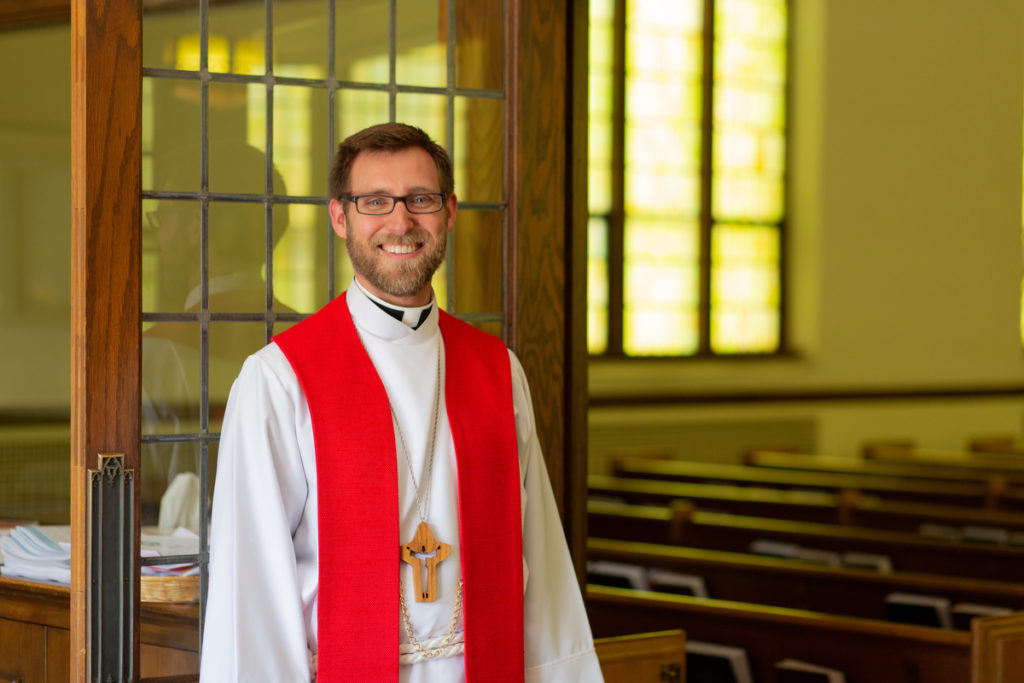I admit my tendency to often base my columns on the insights and observations of other writers. No doubt some of you question whether I have any original thoughts, opinions and ideas. The answer is yes I do; on occasion.
However, sometimes I come across an article that I’m convinced needs to be brought to your attention; and the sooner the better. That’s definitely the case with the article, in the November, 2021, issue of Christianity Today, entitled “Empty Pews Are an American Public Health Crisis.” The authors of this article are Tyler Vanderweele and Brenden Case. Vanderweele is director of the Human Flourishing Project at Harvard University, and Case is the associate director of that same program.
The “public health crisis” they are bringing to our attention is the toll decreased in-person worship attendance is taking on American public health. This crisis has been developing over many years. However, the Covid pandemic has, to an alarming degree, contributed, since early 2020, to the severity of this crisis. And it is a crisis in terms of not only mental, emotional and spiritual health; but physical health as well.
One sentence from this article expresses the authors’ theme succinctly: “People find their social and personal lives improved — sometimes their lives are even physically saved — when they go to church often.”
This article cites recent Barna Group surveys. In 2011, 43% of Americans stated that they attended church weekly. In 2020, this had declined to 29%.
Another quote from the article: “A number of large, well-designed research studies have found that religious service attendance is associated with greater longevity, less depression, less suicide, less smoking, less substance abuse, better cancer and cardiovascular-disease survival, less divorce, greater social support, greater meaning in life, greater life satisfaction, more volunteering, and greater civic engagement.”
And more specific to worship attendance: “Our research (at the Harvard University Human Flourishing Project) suggests that religious service attendance specifically, rather than private practices or self-assessed religiosity or spirituality, most powerfully predicts health.”
And this: “Our own research indicates that declining religious service attendance accounts for about 40 percent of the rise in (national) suicide rates over the past 15 years. If the declines in attendance could have been prevented, how many lives could have been saved?”
Another quote: “In sum, there are a number of ways in which religious service attendance might positively influence a person’s mental and physical well-being, including providing a network of social support, offering clear moral guidance, and creating relationships of accountability to reinforce positive behavior.”
One more recent Barna Group survey indicates the even more immediate crisis that has developed due to the pandemic’s impact on worship attendance. They found that about a third of “practicing Christians” have stopped joining in-person worship completely due to the pandemic. And “this group reported higher levels of anxiety and depression than those still worshiping…”
So are there any helpful suggestions for our congregations after reading these demoralizing revelations? Absolutely. Here are three mentioned in this article.
1. “When the present pandemic has passed, it will be important to reestablish face-to-face meetings and services, rather than relying entirely on remote alternatives.”
2. “This research should challenge the growing number of Americans who self-identify as “spiritual but not religious,” or who harbor doubts about organized religion, to consider whether their own spiritual journeys might be better undertaken in a community of like-minded seekers and under the discipline of a tried and tested tradition of belief and practice.”
3. “Finally, this research has implications on a more individual level. For the roughly half of all Americans who do believe in God but do not regularly attend services, the relationship between service attendance and health may constitute an invitation back to communal religious life.”
And my suggestion? Perhaps read this article again, and while doing so ask yourself how these insights can guide your congregation’s ministry planning for 2022.
“And let us consider how to stir up one another to love and good works, not neglecting to meet together, as is the habit of some, but encouraging one another, and all the more as you see the Day drawing near.” (Hebrews 10:24-25, ESV)


























I used to attend church every Sunday. After the pandemic hit I stopped going. When I finally felt safe in attending no one was wearing a mask, they were sitting close to one another and singing the liturgy and hymns. It was like Covid never existed. I did not feel safe. Then I found out the vaccine I had didn’t really work that well. SO I stopped attending, although I do send in an offering and attend adult Sunday school because there is no singing and I can control where I sit. I have no immediate friends in the area, so everyone’s reasons for not attending are different. We are all coming from different places.